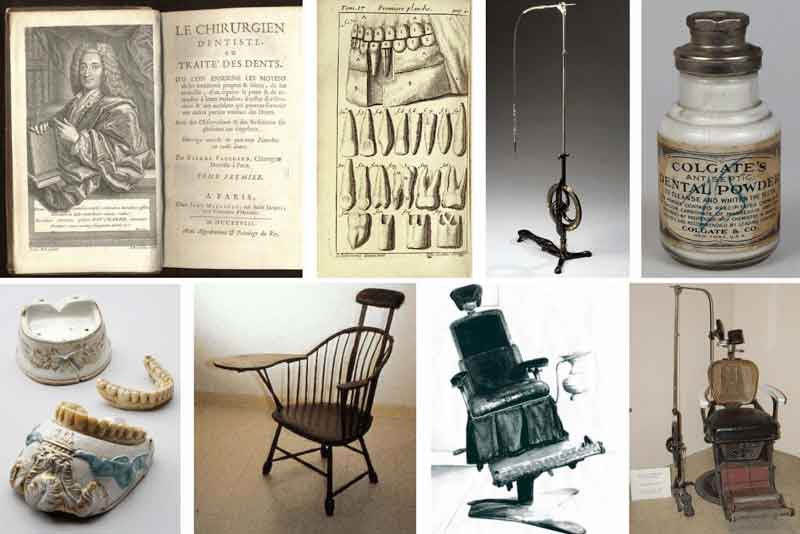
Mommy Makeover
What is a Mommy Makeover? A mommy makeover is a combination of surgical procedures designed to restore a mother’s body after pregnancy and childbirth. Common
The 20th century brought extraordinary technological advancements that ushered dentistry into a new era of precision, diagnostics, and patient-centered care. Innovations such as the introduction of X-rays and the development of advanced dental materials significantly reshaped the field and continue to impact contemporary dental practices. This article explores the key technological breakthroughs that transformed dentistry during this crucial century.
One of the most significant advancements in dentistry was the discovery of X-rays. In 1895, Wilhelm Conrad Roentgen’s pioneering work resulted in the creation of X-ray imaging, a revolutionary diagnostic tool that enabled dentists to see previously hidden dental problems. This non-invasive method allowed for thorough examination of teeth, bones, and tissues, empowering dentists to accurately diagnose and treat conditions that were once difficult to address.

The mid-20th century saw the rise of advanced dental imaging technologies, including panoramic radiography and cone-beam computed tomography (CBCT). Panoramic radiography provides a broad view of the oral cavity, facilitating the assessment of dental and facial structures. Meanwhile, CBCT introduced three-dimensional imaging to dentistry, significantly improving diagnostic accuracy for complex cases, such as dental implants and orthodontic treatments.
Traditional amalgam fillings, although effective, were often noticeable due to their metallic appearance. The development of dental materials, particularly tooth-colored composites, revolutionized the aesthetics and functionality of restorative dentistry. These composites not only offered a more natural appearance but also enhanced bonding capabilities, allowing dentists to preserve more of the natural tooth structure.
The latter part of the 20th century marked the integration of lasers into dentistry, allowing for more precise and minimally invasive procedures. This advancement revolutionized various dental practices, including cavity preparation, soft tissue management, and teeth whitening. Laser dentistry reduces discomfort, minimizes bleeding, and accelerates healing, greatly enhancing the overall patient experience.
The turn of the century brought CAD/CAM technology to dentistry, enabling the production of precise, custom-fit dental restorations. With CAD/CAM systems, dentists can design and manufacture dental crowns, bridges, and veneers on-site, significantly reducing treatment time and improving outcomes. This innovation benefits patients by providing faster restorations and fewer chairside visits.
Conclusion: The technological advancements of the 20th century ushered dentistry into an era characterized by precision, improved diagnostics, and patient-centered care. From the introduction of X-rays and advanced dental imaging technologies to the development of new materials and the integration of lasers and CAD/CAM systems, each innovation has enhanced both practitioners’ capabilities and the patient experience. As the field of dentistry continues to evolve, these foundational breakthroughs stand as a testament to the remarkable progress made over the past century.

What is a Mommy Makeover? A mommy makeover is a combination of surgical procedures designed to restore a mother’s body after pregnancy and childbirth. Common

When you think of Marmaris, you might first imagine its beautiful beaches, lively nightlife, and amazing Turkish food. But did you know Marmaris also offers

Have you ever experienced a toothache that strikes suddenly and sharply without any warning? Even simple daily activities like eating or drinking can feel unbearable,

